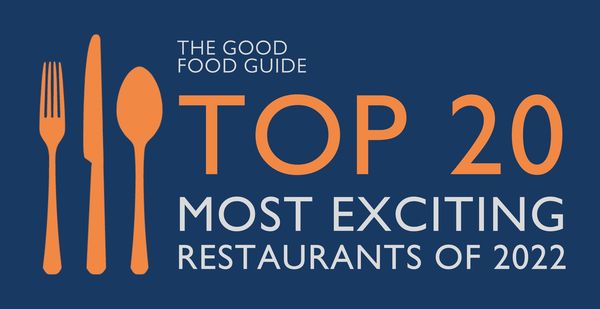As we launch our inaugural 100 Best Pubs 2025, in partnership with Timothy Taylor's Landlord, Josh Barrie reflects on the importance of celebrating Britain's proper pubs.
For more than 1,000 years, pubs have served as a refuge for people in Britain. There are numerous that claim to be the oldest surviving today. One, the Bingley Arms in Bardsey near Leeds, is among those to stake a claim. Its history dates back to AD 905 and it was once a safe haven for persecuted Catholic priests; later, it became a courthouse, as so many old pubs have been. And all the while it dispensed ale to the tired and thirsty. Almost always there has been something to eat.
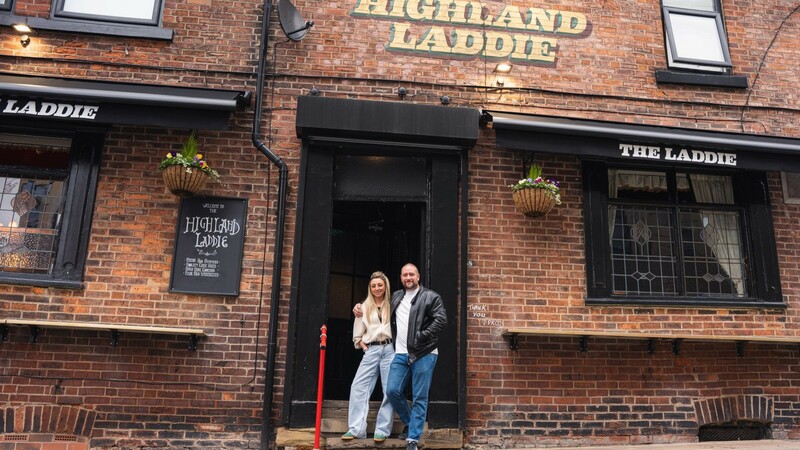
Nine miles away, just west of Leeds town centre, is the Highland Laddie, this year’s winner in the Good Food Guide’s list of top 100 pubs. A certified newbie by comparison, this corner pub opened in 1925 and began serving local workers, students and its community. One Mark Knopfler is said to have patronized the place for a time. It closed in 2023 before Sam Pullan and Nicole Deighton, owners of the nearby Empire Café, took over and employed the deftest of touches: it remains every bit a pub, full of old wood, creaking brass and deep red curtains, but the pair brought with them food to rival any anywhere – think Shetland mussels and langoustine bisque on toast, keema shepherd’s pie, sardines in pig trotter gravy and freshly shucked oysters. In turn, the Highland Laddie, perched at a fork in the road and in the shadow of towering student blocks, has wrought life anew.
The Highland Laddie is not alone in energising an oft-concerning industry. Stories about the ‘fate of the great British pub’ seem almost as regular as the pints poured in them these days. Figures might seem alarming: in 1870 there were 115,000 beer houses in the UK to a population of 15 million. That’s about one for every 130 people. There are just under 45,000 pubs now, the equivalent of one for every 1,000.
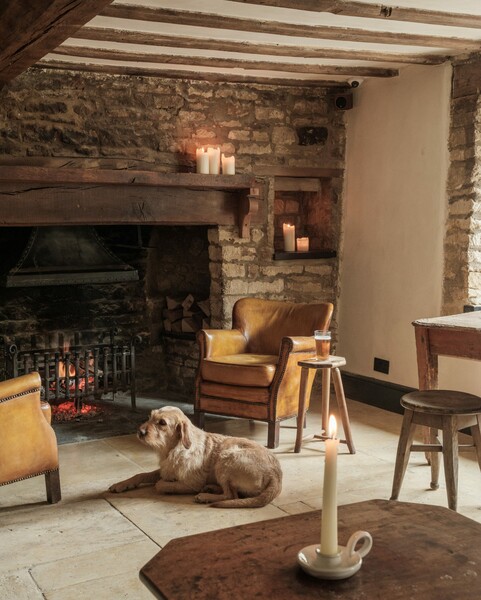
Despite the countless negative headlines, there is a new kind of ‘modern pub’ emerging – where brilliant cooking and real ales are paired with a healthy dose of community spirit. Take the Public House Group, owners of the acclaimed Bull in Charlbury and the newly opened Hart in Marylebone (to name just two of their establishments). These are places that people can go to for a pint and a bar snack, a quick meal, or something more substantial and delicious and in each case feel equally welcome.
And then there is the Devonshire in Soho. A pub as convenient as it is rewarding to both Londoners and those from out of town. The Guinness tastes as it should and the snacks, including sausages on sticks, are a ritual worth paying for. Its landlord, Oisín Rogers, says: ‘Pubs should be seen as an integral part of society. They have a function: they’re places where people can meet each other and have fun and debate stuff. They’re an environment which is neither church nor home.’
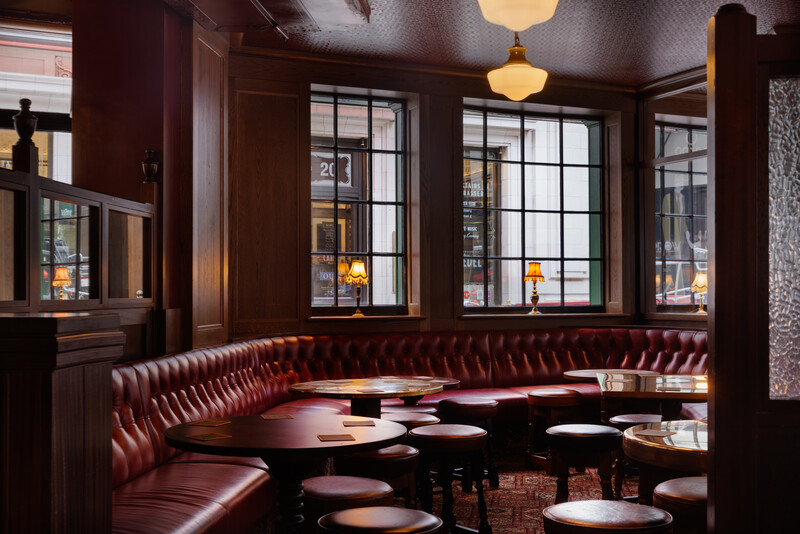
Few pubs in London have reached a similar status in popularity to the Devonshire, but all on The Good Food Guide’s 100 Best Pubs list, in every part of the country, are deserving of the same acclaim and recognition.
The Gurnard’s Head in the far reaches of Cornwall is a place where the land meets the sea. It is a characterful building, resplendent in sunny yellow, which from a certain angle looks almost ethereal against the backdrop of the Atlantic, waves rolling against an artists’ light. Inside, it’s a place of wellington boots, John Dory spiced with curry sauce and a sturdy selection of real ales; ceilings are low here and lights are dim. Inside, for however long or briefly, the world simply stops. Owner Charles Inkin pays tribute to those who keep it going — in the depths of a Cornish winter, it’s not always an easy place to be.
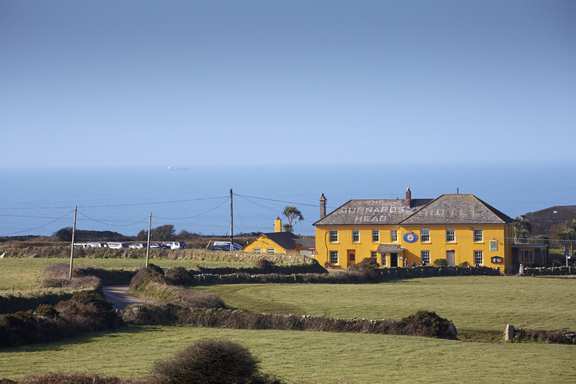
‘The pub is still the centre of any community, whatever the size,’ he tells me. ‘Our pubs sit in rural communities. We are here to give those on our doorstep a refuge for a good pint, priced for locals not tourists, and a healthy feed. For those travelling to the areas we operate in, we have rooms — a bed for a good night's sleep. The teams behind each site are the backbone to our business. Without their tireless energy, we'd be nothing. They are the characters that make each site tick.’
Without doubt, it’s the people working in these places who are responsible for creating a welcome environment for passing visitors and regulars alike. From the solo drinker, with dog in tow to the multi-generational family who have come together to celebrate exam results, a marriage proposal or a new job.
Pubs are also places for older generations to find companionship, for first dates, for refuelling after a long day, for mourning, for finding solace in the eternal remedy of an open fire, a pint and a cheese toastie.
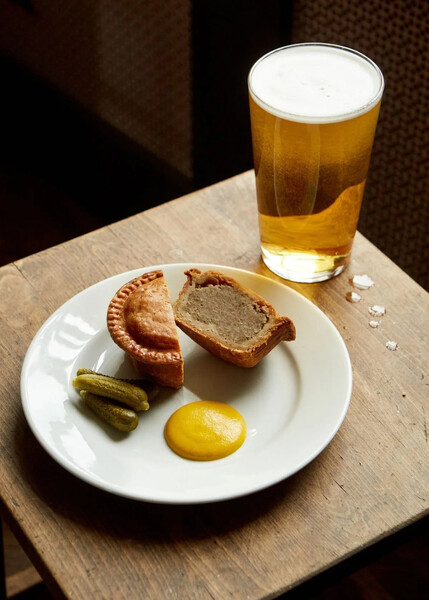
Pubs in Britain are what bistros are to France, tapas bars are to Spain and trattorias or pizzerias are to Italy. Usher any visitors still of the mindset that traditional food is lacking to one of the pubs in this list and they will quickly change their mind. And, in a country where eating out can be expensive — certainly more so than on the continent — pubs are the leveller. Where restaurants can be prohibitive, pubs, often, are places for everyone to visit without judgement.
As Sally Abé, head of food at the Bull at Charlbury puts it: ‘I think pubs are the heart of Britishness and have been an integral part of British culture for centuries. They are places for people to meet friends, eat well, drink well and forget the rest of the world for a few hours over a pint or three.’
The pubs on The Good Food Guide’s 100 Best Pubs list offer that and more — they do so with aplomb and with love.

